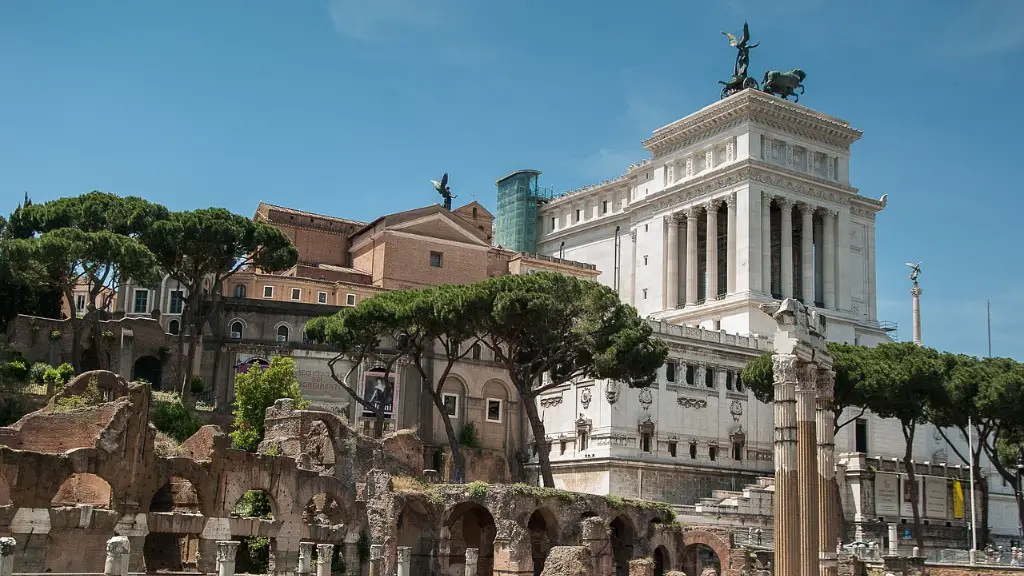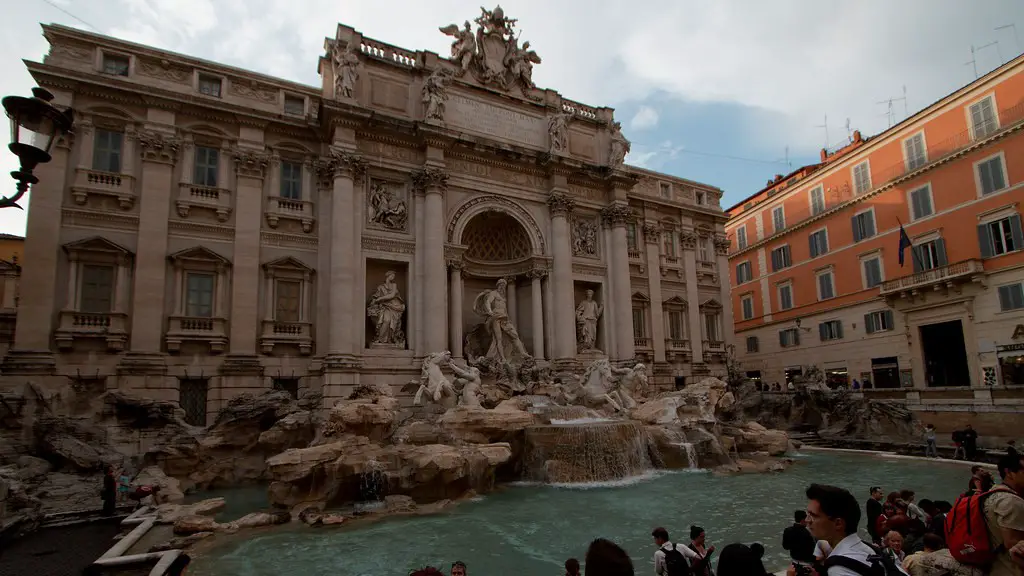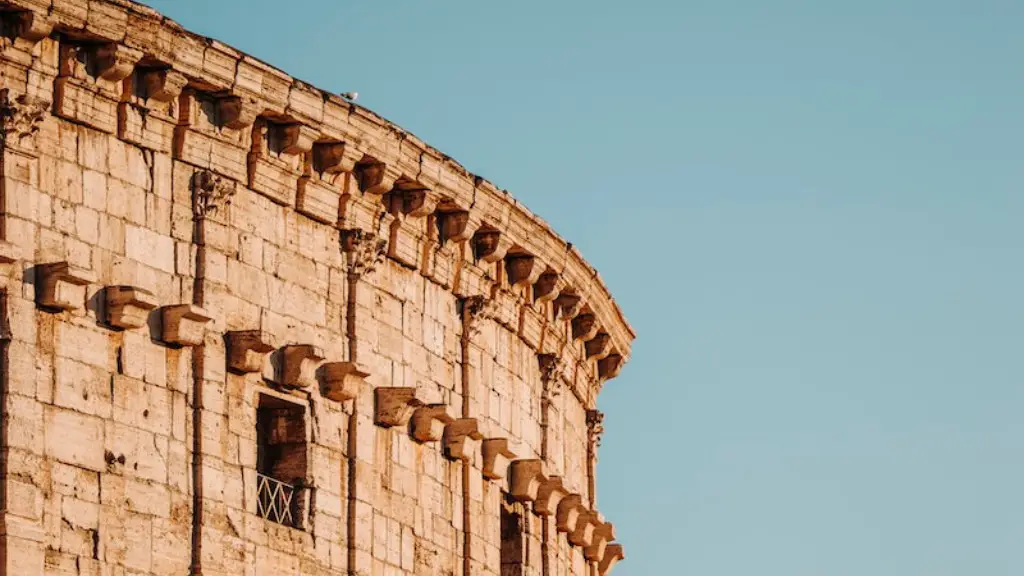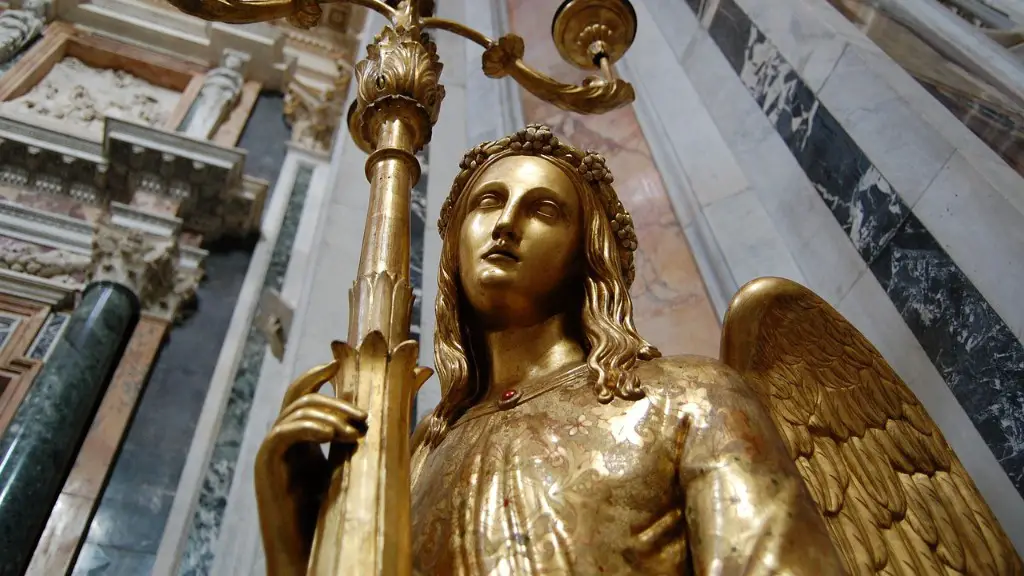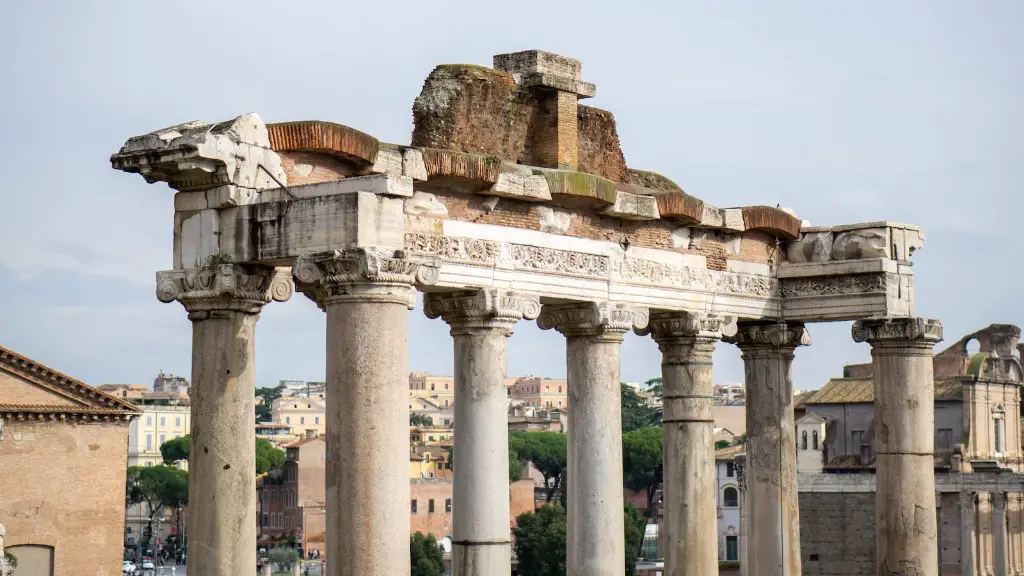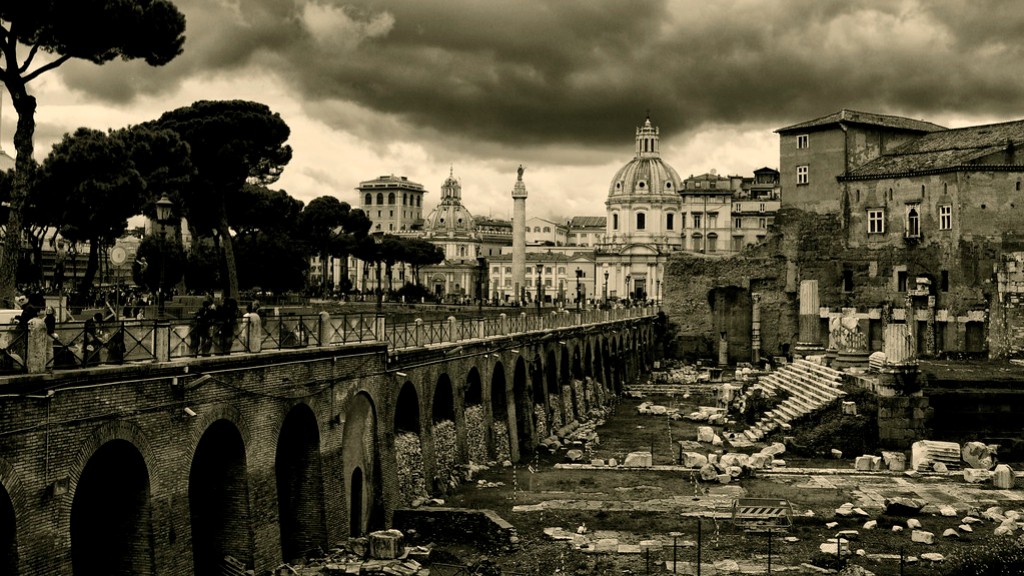Rome is one of the most renowned civilizations that have stood the test of time. It has a long and illustrious history, which includes the Roman Senate. The Roman Senate played a significant role in the establishment and functioning of the Roman government for centuries. This powerful body was composed of influential leaders, who sought to shape the future of Rome.
The origin of the Senate dates back to the kingdom of Rome. Initially, an assembly of Rome’s leading citizens were called by the king to advise him on important matters. After the overthrow of the Roman monarchy, the Senate was transformed into a permanent body, taking on a political role within the Roman Republic. The Senate had total control over the lawmaking process and the approval of new appointments and treaties.
Throughout its existence, the Senate had a unique composition in terms of personnel. In the earliest days, only patricians were allowed to attend. Originally, these men were appointed by the reigning king. As Rome transitioned to a republic, the members of the Senate were selected by the people. Non-patricians were allowed to join the Senate in the 2nd century BC.
The Senate had an extensive range of responsibilities and duties. Its members were responsible for the approval of laws and decrees, the election of officials and the management of state finances. The Senate was also tasked with forming an effective military strategy. Additionally, the Senate had the power to select consuls and magistrates, who oversaw the administration of the city.
The Senate’s influence was limited by the rise of the Roman Empire. Augustus Caesar implemented a number of reforms in the 1st century BC. He took control of the Senate’s powers, limiting its ability to make independent decisions. After the fall of the Roman Empire, the Senate also ceased to exist.
The Roman Senate has had a lasting impact on the history of government. It served as an inspiration for the establishment of modern parliaments, with members of the Senate possessing a large degree of authority. The principles of democratic rule, the separation of powers and the checks and balances between the two were introduced by the Senate.
Despite its long history, the Roman Senate remains shrouded in mystery. Its inner workings and members remain largely unknown, with only fragmented evidence available. This has led to speculation on the nature of the Senate, with some historians theorizing that it was largely a conservative and elitist body. Nonetheless, the legacy of the Roman Senate has left a lasting legacy and is one of the key foundations of modern democracy.
Rome’s Political Structure
The Roman Senate was part of the wider political structure in the city of Rome. The structure of the Roman state was based around several key institutions, which included the consuls, the praetors and the senate. The senate was the highest institution of government, with the consuls and praetors below.
The consuls were the two highest officials in Rome. They were elected for a term of one year and had executive and judicial powers over the Roman state. During their tenure, they were responsible for the administration of justice and the conduct of foreign affairs. The two consuls were aided by the praetors. The praetors were the magistrates of Rome and had the power to administer and interpret laws.
The senate was the most powerful of these three bodies, with their decisions having a direct effect on Rome’s government and society. The Roman Senate was composed of several hundred members, primarily patricians. Patricians were the descendants of the original noble families of Rome. They were allowed to sit in the assembly, while the plebeians were excluded.
The Senate had the power to make and repeal laws, pass decrees and make appointments. They also had the ability to grant new rights to provinces and colonies, which was a major part of the governing process. Additionally, the senate could ratify peace treaties, grant amnesties and offer advice to the consuls.
The Senate was a major force in the Roman Republic and its collapse. The Senate’s conservative stance led to a growing divide between the patricians and plebeians, which eventually caused the demise of the Roman Republic. The failure of the Senate to respond to the increasing divide between the patricians and plebeians was one of the main factors that led to the collapse of the Roman Republic.
In spite of its flaws, the Roman Senate’s legacy remains evident in modern political structures. Its concepts of checks and balances, separation of powers and representative democracy have been adopted around the world. The Senate was a major force in the Ancient Roman Empire and its legacy continues to this day.
Developments of the Roman Senate
The Roman Senate was a constant feature of the Roman Republic and its empire. Throughout its history, the Senate underwent various developments and reforms. During the Middle Republic, the Gabinian reforms increased the Senate’s membership, allowing for more non-patricians to become members. The senate also gained control over the lawmaking process, consolidating its power.
During the Roman Empire, the Senate was used by the emperors as a way of legitimizing their rule. The Senate was granted the power to ratify laws and pass decrees in the name of the emperor. The Senate also had a role in imperial politics, with emperors using them to sway public opinion or to gain popular support for their policies.
The Senate’s role in the Imperial government was also critical in the administration of justice. The Senate had the power to hear cases and pass judgement on them. The Senate also had the power to prosecute those accused of treason or other serious crimes. This gave the Senate a great degree of influence over the justice system in the Roman Empire.
The Senate’s influence began to wane in the late Roman Empire, as the power of the emperor began to increase. Under the Dominate period, the emperor became the most powerful person in Rome and the Senate became a mere advisory body. The Senate’s powers were further limited by the rise of the princeps, who was given the power to pass laws without Senate approval.
The Senate also underwent a series of reforms during the Late Empire. Emperor Diocletian created the Tetrarchy in 284 AD, which divided the Empire into four regions, each with an appointed “Augustus”. This drastically reduced the power of the Senate, but it was still seen as an important institution in the Later Roman Empire.
The Roman Senate played an important role in the empire and its legacy is still evident today. It served to bring together the most influential citizens in Rome and gave them a platform to debate and pass laws. Although its power waned in the late Empire, its influence can still be seen in modern political systems.
Political Legacy of the Roman Senate
The Roman Senate has left a significant legacy on the world of politics. Its concepts of representative democracy and separation of powers have had a lasting impact on modern governments. These principles are evident in the constitutions of many countries, with the United States of America being one of the most prominent examples.
The concept of checks and balances, where the legislative, executive and judicial powers of government are balanced against each other, was also one of the foundations of the Roman Senate. This concept has been applied in countries around the world, ensuring that no one branch of government becomes too powerful.
The concept of limited government, where a nation’s citizens are protected from arbitrary or excessive laws, was also introduced by the Roman Senate. This principle was highlighted in the Roman concept of consent of the governed, which stated that government should only act in accordance with the will of its citizens.
The Roman Senate also served as an inspiration for the creation of modern parliaments. The concept of having a group of elected representatives debating and passing laws on behalf of their constituents is based on the model established by the Roman Senate. These parliaments are found throughout the world and are integral components of democracy.
The legacy of the Roman Senate has been firmly entrenched in the history of government. Its concepts of representative government, checks and balances and limited government remain cornerstones of modern democracies. Its influence on the political systems of many states is a testament to its lasting legacy.
Conclusion
The Roman Senate was a powerful and influential institution in the Roman Republic and its empire. It served as an inspiration for the creation of modern parliaments, with many of its principles being applied in countries around the world. Its concept of limited government, checks and balances and representative democracy remain cornerstones of modern democracy. The legacy of the Roman Senate has been firmly entrenched in the history of government and continues to this day.
